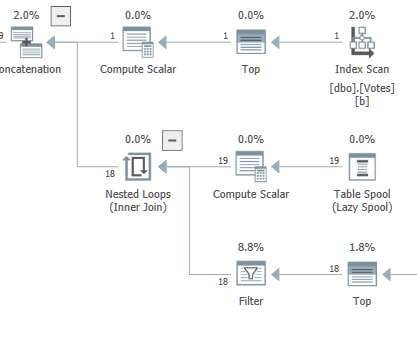AWS EC2 Virtualization 2017: Introducing Nitro
Brendan Gregg
NOVEMBER 29, 2017
Virtualized in Hardware**: Hardware support for virtualization, and near bare-metal speeds. In this configuration, the AMI and boot is paravirt (PV), the kernel is making hypercalls instead of privileged instructions, and the system is using paravirt network and storage drivers. I'd expect between 0.1% The AMI and boot are now HVM.













Let's personalize your content